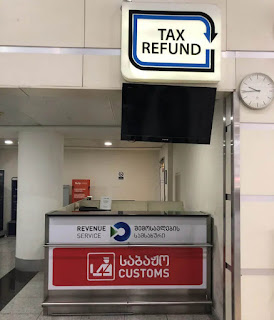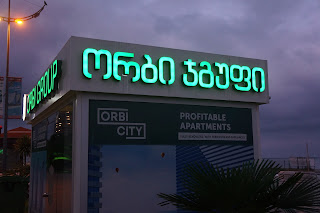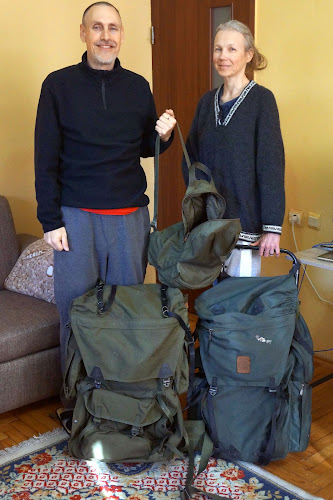War & Peace in Fascinating Sarajevo, Bosnia Herzegovina
What can one say about Sarajevo? It is charming yet brutalist; there are ruins of an old Ottoman caravanserais but also dilapidated Soviet style housing blocks; the streets feel safe, yet the memorials and remnants of war abound, everywhere.
Sarajevo is full of contradictions and perhaps that's precisely why it's so fascinating. It seems to include everything — all human emotions, desires and memories, both remembered and forgotten. It is the perfect place for contemplating where the world is going and whether we have alternatives. Are we heading for an ever-more divided world or are we brave enough to explore more harmonious ways of living and being?
Churches, mosques, temples
The old part of Sarajevo is the most convenient place to begin the meditative journey around the city. It is easily walkable within an hour or two, and includes all the major sights. There are the narrow lanes of the Old Bazaar with plentiful shops and restaurants. There is also the 15th century Ottoman mosque of Gazi Husrev-beg with the adjoining museum and library, and the famous Latin Bridge where Archduke Franz Ferdinand of Austria was assassinated in 1914 — the notorious event that seemed to offer an excuse for starting World War I.
When wandering the streets of the old town, one comes across so many churches, cathedrals and mosques that it would be easy to draw the conclusion that Sarajevans are particularly religious. However, while there have been spiritual revivals after the breakdown of the Communist regime, the imposing temples are mostly visited by tourists. Sarajevo is just like any other capital in the Western world — secularised.
Still, religion is strongly present in politics and culture. About half of Sarajevans identify with Muslim communities. In addition, there are Serbian Orthodox Christians (30 percent), Roman Catholics (15 percent), and others, including Jews and Protestants (less than 5 percent). Religion was one of the tools that was efficiently deployed in the Balkan war between Islamic Bosnia and Orthodox Serbia. Both countries, however, are still is multiethnic and multireligious sharing common culture, language, heritage, and history. The war didn't change anything; it merely sowed hatred between ethnic and religious groups.
Yet another divided city
Sarajevo remains divided like Cyprus. The Dayton Peace Agreement, that ended the war in 1995, split the country into two entities. The same division applies also to Sarajevo. If you arrive in Sarajevo by bus from Serbia or from Montenegro, you will end up in the Serbian part of the city. That is were the city's only long-haul bus station, Istočno, is located.
Unfortunately there is not much of interest in the Serbian part of the capital from the tourist point of view. It is best to walk out from the bus station towards the centre. In five minutes, you will arrive in the local bus station where there are frequent connections to the "Sarajevo proper". The ride takes about half an hour and costs one euro (or two Bosnian Marks). On the way you will see blocks of houses with bullet holes that were never repaired. While Sarajevans look eagerly to the future, they also hold firmly onto the past.
Santeri's alternative to war is peace. All travel videos.
This is the sad part of the history, but there is always a silver lining. The war also showed the resilience of the city and its people. Sarajevo has revived its heritage and now draws tourists from around the world. One cannot but wonder if this will be the future of Ukraine as well. Will tourists flock to see the divided country and feel compassion with its residents? Do we need divisions in order to feel united with (at least some parts of) the world?







Comments